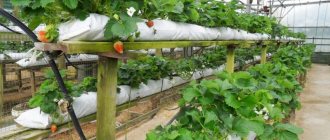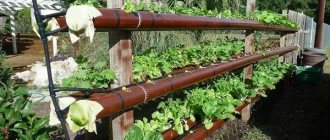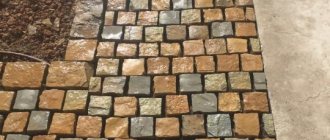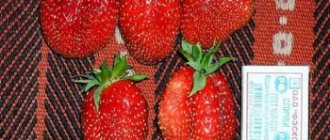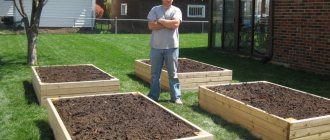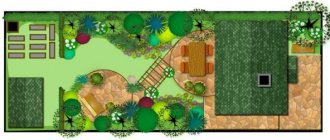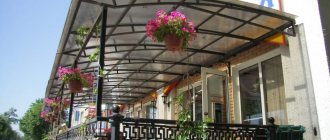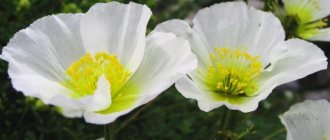Grandma’s version of distributing strawberries “let them grow as they grow” has a bunch of shortcomings that are difficult for modern gardeners to put up with. At first glance, it may seem that strawberries are a picky and capricious plant, but you can argue with that. There is no need to water, feed, or cover for the winter every day.
Strawberries tolerate hibernation well, reproduce actively, and do not require frequent replanting. The main thing you need is to know how to make a bed for strawberries so that it causes less trouble.
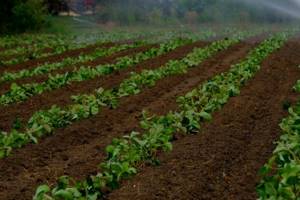
Some conditions will need to be met to maintain the plant:
- oxygenated soil for the root system without excess moisture;
- not musty air, free circulation for strawberry bushes;
- good cultural coverage;
- not depleted soil, with sufficient nutrients;
- the fruits should not touch the ground.
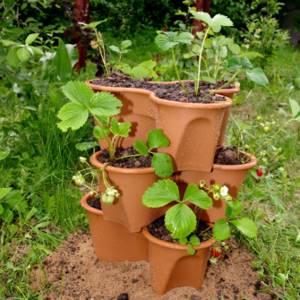
To ensure the above conditions, you will need to properly arrange the beds for strawberries.
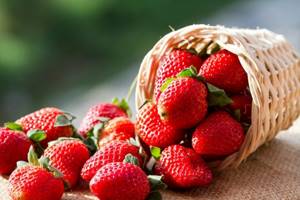
An ideal garden bed, what is it like?
For careful gardeners, strawberries grow in one place for about five years. Then a large amount of the pathogen accumulates in the soil, it is depleted, which leads to loss of productivity. You will either need to replace the soil completely or replant a new plant.
First, you need to figure out how to prepare a bed for strawberries.
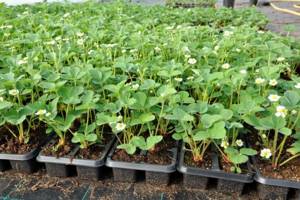
New shoots can be purchased at a garden center, but you should be more trusting of nurseries. For those who are especially thrifty and lazy, young mustaches, which strawberries actively throw out throughout the season, are also suitable.
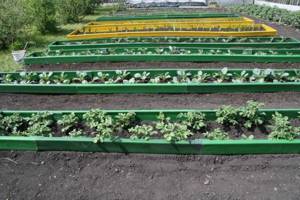
The main rule before planting is to treat the root system with a disinfectant (potassium permanganate solution is suitable) so that parasites do not destroy the young strawberries. This applies not only to store-bought seedlings, but also to your own young mustaches.
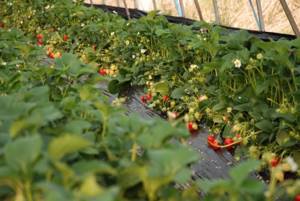
It is worth knowing in advance before planting that the remontant crop produces few tendrils compared to ordinary berries. If you have set a goal to grow it on a large scale, then in the middle of the season you should cut off the inflorescences and regularly loosen the soil between the rows and increase watering.
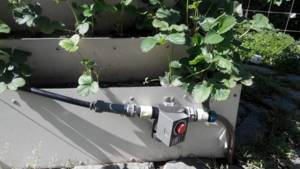
Basic principles of cultivation
To grow a crop using Finnish agricultural technology, you will need to purchase a special covering material that mulches the plant. The cultivation method allows you to harvest the first harvest 7-8 weeks after planting.
This rate of appearance of ripe berries is explained by the fact that due to the covering material the soil warms up faster. This method also protects the plant from pests and prevents the growth of weeds.
High yields can be achieved using Finnish technology provided that early-ripening strawberry varieties are used. It is also important to follow the principles of planting. The crop should be placed in the garden at a distance of 25-30 centimeters.
General landing rules
The correct width of the bed is about 80 cm. Seedlings are planted in two rows, with a distance of 40 cm between them.
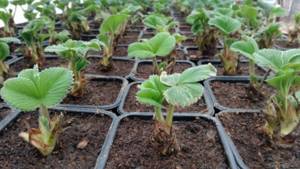
Sometimes they lay the beds in one row, maintaining a width of 20 cm, leaving a distance of 40 cm between them. But no one prohibited the individual parameters of the beds, the main thing is to maintain the correct distance between the bushes themselves.
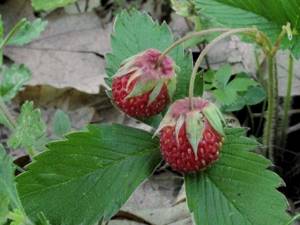
How to write articles for a website correctly- Fertilizing strawberries
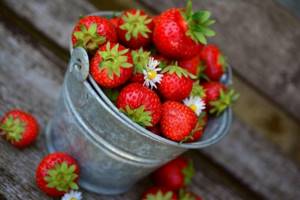
Planting strawberries in the fall: tips and recommendations on when and how to plant strawberries correctly. Scheme of planting in open ground and caring for seedlings (115 photos)
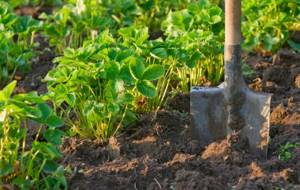
The issue with height is different; it all depends on the type of bed.
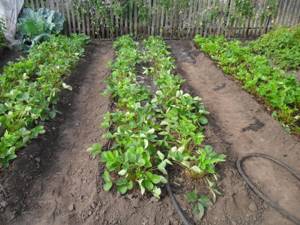
A flat soil surface will make it easier for you to care for strawberries, providing only grooves between the rows to retain moisture.
Do not plant bushes too close to each other; when they grow, they will interfere with each other.
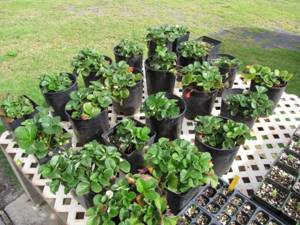
Carefully study the rules on how to prepare a bed for strawberries for planting in the fall. This will be the key to success next season.
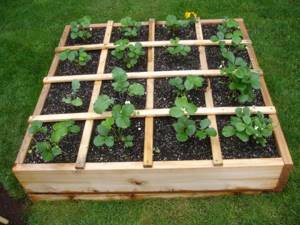
Advantages and disadvantages of the method
Finnish agricultural technology has several advantages over traditional methods:
- a favorable nutrient environment is created due to the accumulation of nitrate nitrogen in the top layer of soil;
- the activity of microorganisms that ensure plant growth increases;
- no weeds;
- a stable level of humidity is ensured;
- prevents rooting of rosettes;
- the presentation of the berries is preserved, since the fruits do not come into contact with the ground;
- the soil warms up evenly.
The only drawback of the method is that to grow using this technology you will need black polyethylene film, which is produced in Finland.
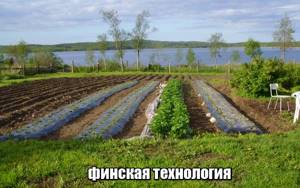
Types of beds
Having decided on the best place to plant berries, you should choose the optimal type of bed. The imagination of modern gardeners has no limits; car tires, metal and plastic pipes, building materials, burlap and much more are used.
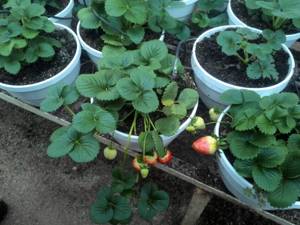
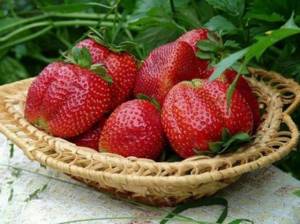
Strawberry Elizaveta: review and description of a garden variety. Proper planting and growing seedlings with your own hands (105 photos)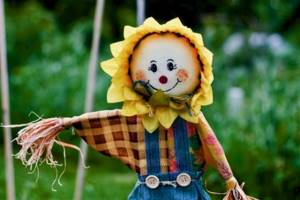
How to protect strawberries from birds - the best methods, popular and effective drugs, dosage and side effects (110 photos)
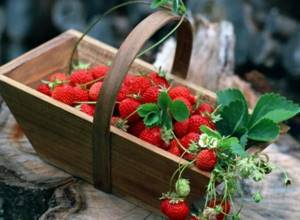
Why strawberries and berries dry out: methods of control and care for already established strawberry bushes (video and 80 photos)
The beds can be classified as follows:
Classic type. A common option for justifying a bed for strawberry bushes. Its undoubted advantages are practicality, simplicity and versatility.
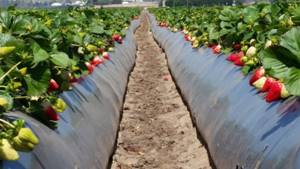
If you have already gained enough experience, then you can play with the shape of the bed, thereby increasing the strawberry yield. The bushes will require staking, so it is worth learning the rules on how to tie strawberries in the beds.
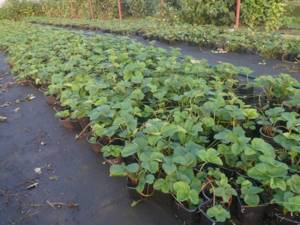
Vertical type. An excellent option for small areas. Helps reduce the risk of disease and pest damage. But, unfortunately, it is more suitable for southern regions with a humid climate.
Where should strawberries be planted?
You can also plant strawberries for decorative purposes in your garden. These berries will look great in any flower bed shape. It is enough to place a pot or a large flowerpot on the territory where the strawberries will grow.
You may be interested in: Garden fountains: what types there are, which one is better to choose for a summer house or garden
Strawberries in appearance resemble strawberries, so they easily weave and send out their cuttings. From these cuttings comes another bush and again fruits, so it can cover the path and look like a green carpet.
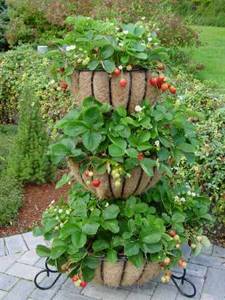
Photo of strawberry beds
Selecting a location
The garden plant does not tolerate large amounts of moisture. This must be taken into account when disembarking. If the location of groundwater is near the surface of the earth, then the beds are made higher. This eliminates the possibility of water stagnation. It is important that the strawberry beds are located in a place where there is light throughout the day. Insufficient sunlight negatively affects the yield and taste of berries.
Please note that the planting area must be large, because the bushes should be planted at a distance from each other. There should be no holes or heights on the site. The advantage is a slight slope, since it will affect the growth rate and quality of the crop:
- When located on the south side, ripening is observed and, as a rule, early. The berries grow sweet, there is practically no sourness.
- Slopes on the northern side differ in the length of time it takes for the strawberry crop to ripen, but thanks to this, the berries are much larger.
- The most optimal landing site is considered to be located from west to east.
If planting is done on a slope that has a strong angle of inclination, then in winter the wind can damage the snow cover, which will lead to freezing of the cultivated plant. It is also useless to plant the crop in lowlands, because excessive humidity promotes foliage growth, which leads to a decrease in the mass of berries. This contributes to the active development of viral and fungal diseases, which gradually leads to the extinction of the garden plant.
And the gardener needs care and proper care, and then the berries will delight you with juiciness and sweetness.
Select site
Arranging beds for strawberries begins with choosing a suitable location.
Various nuances are taken into account here:
- The berry crop prefers sunlight, so the site is chosen to be open and illuminated. It is undesirable to place ridges between trees in the garden; strawberries bear fruit poorly in the shade, and when spraying the garden, chemicals harm the berries.
- Strong winds have an adverse effect on the plant.
- The ideal planting option is between gooseberry bushes and growing currants.
- The preferred direction is part of the site in the southeast.
- The garden should have a flat surface or a slight elevation.
- Suitable substrate for the plant is sand and clay.
Acceptable predecessors of the bed are parsley and radishes, corn and carrots, celery and dill. It is not advisable to set up a strawberry plot if you previously grew: tomatoes, cucumbers, potatoes, peppers and eggplants.
The planting soil must be fertilized so that it contains microelements that affect the growth of the root system.
Traditionally, the main fertilizers used are:
- manure and humus;
- peat and compost.

To ensure a normal acidic soil environment, auxiliary organic substances are added to the main ones:
- nitroammophoska;
- Diammophos.
Preparing the ground
Strawberry beds should be made of turf soil or humus. Garden crops feel quite comfortable when planted in medium-carbon soil, which contains a sufficient amount of organic matter. It should be noted that this type of soil is heavy, so there is a need for additional loosening.
How to properly loosen the beds for planting strawberries? It is recommended to use natural material:
- Wood sawdust - only rotted raw materials should be added. If the process does not occur, then it is recommended to soak the sawdust in a urea solution: for 10 kg of sawdust, take 2 liters of water and 2 tbsp. l urea. Mix all components thoroughly and add ash after 2-3 hours.
- Peat absorbs and retains moisture, but, according to many gardeners, it is not suitable for strawberries due to its high acidity level. If you decide to use peat, then you need to pour at least 200 g of ash into each bucket. This type of baking powder is recommended to be used only in the autumn. Otherwise, this will become an obstacle to the growth and development of seedlings.
The volume of fertilizer for strawberry beds should be sufficient: you need to take at least 6 kg per square meter. m. Superphosphate, potassium chloride and ammonium sulfate are best suited. They are sprinkled on top of the soil and distributed evenly. Weeding should be to a depth of 20 cm.
Before planting strawberries, you need to prepare the bed. Without these measures, the berry harvest will be small and the harvest will have to wait quite a long time.
Preparing a bed for strawberries includes the following steps:
- Removing large debris (leaves, branches and stones).
- Digging up soil to the depth of a spade bayonet.
- A sprinkle of organic fertilizer (1 bucket of humus per 1 sq. m).
- Marking the site for the beds - applying dividing stripes.
Digging holes for seedlings in garden soil should be at some distance from each other. Each bush should have enough space for full growth. If you plant back to back, there is a big risk that all the seedlings will die. It is unacceptable to plant strawberries in the same soil for more than 4 years.
